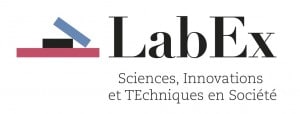Abstract
This paper examines the innovation strategy of Siemens, a key player in Europe’s digital economy, by performing network and lexical analyses using data derived from Siemens’s patents and scientific publications since 1998. We observe that the company’s innovation efforts evolved from a broader attempt to develop internal information and communication technology (ICT) capabilities – alongside its historical industrial priorities – to a strategy focused on developing artificial intelligence (AI) for sector-specific and niche applications (such as life and medical sciences). As a result, it became dependent on tech giants’ clouds for accessing more general AI services and digital infrastructure. We build on the intellectual monopoly literature focusing on the effects of tech giants on other leading corporations, to analyse Siemens’s experience. By abandoning the development of general ICT and given the emergence of tech giants as digital economy intellectual monopolies, we show that Siemens is risking its technological autonomy towards these big tech companies. Our results provide clues to understand the challenges faced by Europe and its firms in relation to US and Chinese tech giants.
See all documents refering Cortext Manager






